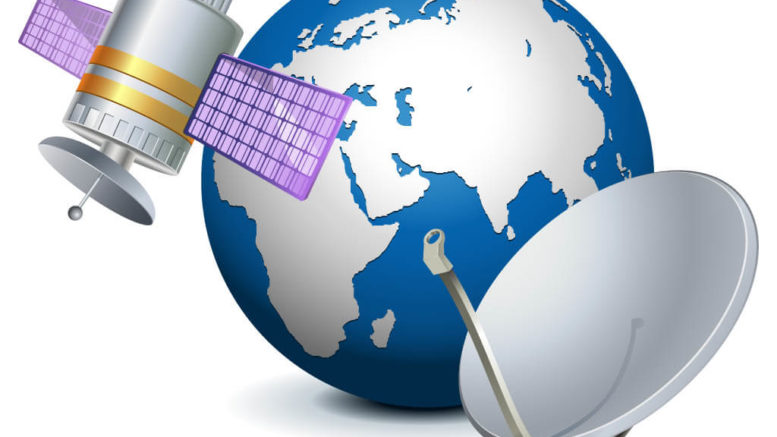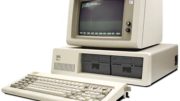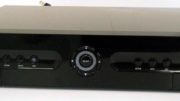“Return path.” It’s another one of those terms you hear a lot when you hang around with RF engineers. (Don’t hang out with RF engineers? You ought to, they’re a feisty lot.)
RF engineers always have some sort of mantra about the return path. “Oh, you’ve got to protect the return path,” they’ll tell you. “Don’t forget the return path.” It’s like this return path is a little helpless baby bird that can’t survive without your help and guidance.
OK, so it’s not exactly like that.
What a return path actually is
The term return path just means a signal that travels away from your TV (or satellite receiver or cable modem) back to where it came from. Most of the time you’re getting signal from an antenna, satellite dish or from a cable headend, so you mostly care about how strong the signal is from that point to your TV or computer. Did you ever think that you needed a signal going the other way?
It’s easiest to think about the return path with a cable modem. Your computer is sending information up to the internet all the time, whether you’re entering an address in a web page, sending an e-mail, or just clicking on a picture. So you need a return path from your cable modem to the box in your yard. That makes sense, right?
With satellite dishes, your receiver needs to send information back to the dish to let the dish (or multiswitch) send you the right signal. Once again, that’s a return path. In modern satellite TV systems, the return path is critically important. Client boxes like DIRECTV’s Genie Client and DISH’s Joey don’t do a lot of work by themselves. When you press a button a the remote, the client just passes it back to the main DVR. It uses the return path to do that.
Cell boosters have a return path that’s just as important as the forward path. (In other words, the path from the antenna to the booster.) If you think about it, that makes sense. A cell phone wouldn’t do a whole lot of good to anyone if it only let one person talk and the other person listen. In cell phone boosters, signals are constantly moving in both directions all the time. The system is designed to allow that.
Return paths aren’t that important on an antenna unless you’re using one with a rotor that uses only one cable. For the most part, that’s about it.
Keep your return path protected
Solid Signal has a full line of signal amplifiers and splitters that protect that all-important return path. You’ll find that they’re a bit more expensive than those that don’t but if that’s what you need, they’re worth it. Just check the specifications for the item you want to buy, and if you’re not sure, let us know here or by contacting Solid Signal! We’re here for you in our Detroit-area offices during East Coast business hours. Just call us at 888-233-7563 and we’ll help you out! If it’s after business hours, fill out the form below. We’ll get back to you, usually within one business day.




